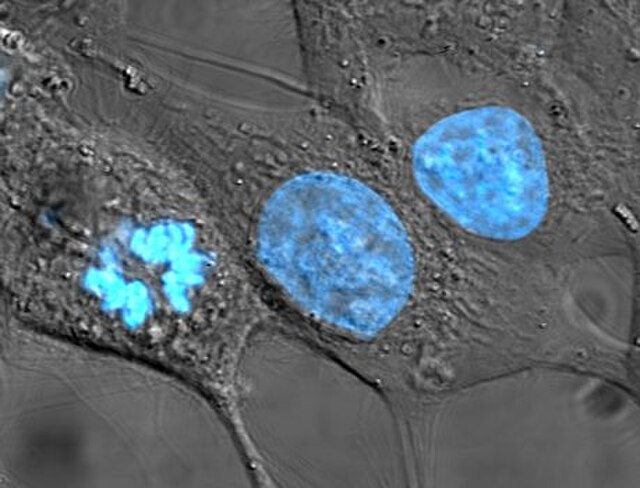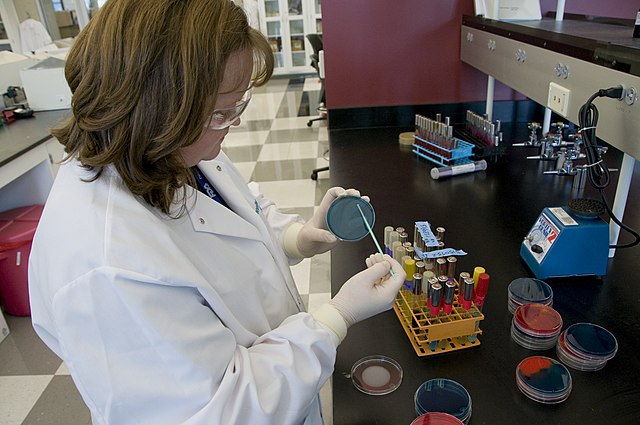Cell culture or tissue culture is the process by which cells are grown under controlled conditions, generally outside of their natural environment. After cells of interest have been isolated from living tissue, they can subsequently be maintained under carefully controlled conditions. They need to be kept at body temperature (37 °C) in an incubator. These conditions vary for each cell type, but generally consist of a suitable vessel with a substrate or rich medium that supplies the essential nutrients (amino acids, carbohydrates, vitamins, minerals), growth factors, hormones, and gases (CO2, O2), and regulates the physio-chemical environment (pH buffer, osmotic pressure, temperature). Most cells require a surface or an artificial substrate to form an adherent culture as a monolayer (one single-cell thick), whereas others can be grown free floating in a medium as a suspension culture. This is typically facilitated via use of a liquid, semi-solid, or solid growth medium, such as broth or agar. Tissue culture commonly refers to the culture of animal cells and tissues, with the more specific term plant tissue culture being used for plants. The lifespan of most cells is genetically determined, but some cell-culturing cells have been 'transformed' into immortal cells which will reproduce indefinitely if the optimal conditions are provided.

Cell culture in a small Petri dish
Cultured cells growing in growth medium
A bottle of DMEM cell culture medium
Cultured HeLa cells have been stained with Hoechst turning their nuclei blue, and are one of the earliest human cell lines descended from Henrietta Lacks, who died of cervical cancer from which these cells originated.
A growth medium or culture medium is a solid, liquid, or semi-solid designed to support the growth of a population of microorganisms or cells via the process of cell proliferation or small plants like the moss Physcomitrella patens. Different types of media are used for growing different types of cells.
An agar plate – an example of a bacterial growth medium*: Specifically, it is a streak plate; the orange lines and dots are formed by bacterial colonies.
US Food and Drug Administration scientist tests for Salmonella
A culture of salmonella bacteria
Physcomitrella patens plants growing axenically on agar plates (Petri dish, 9 cm diameter)








